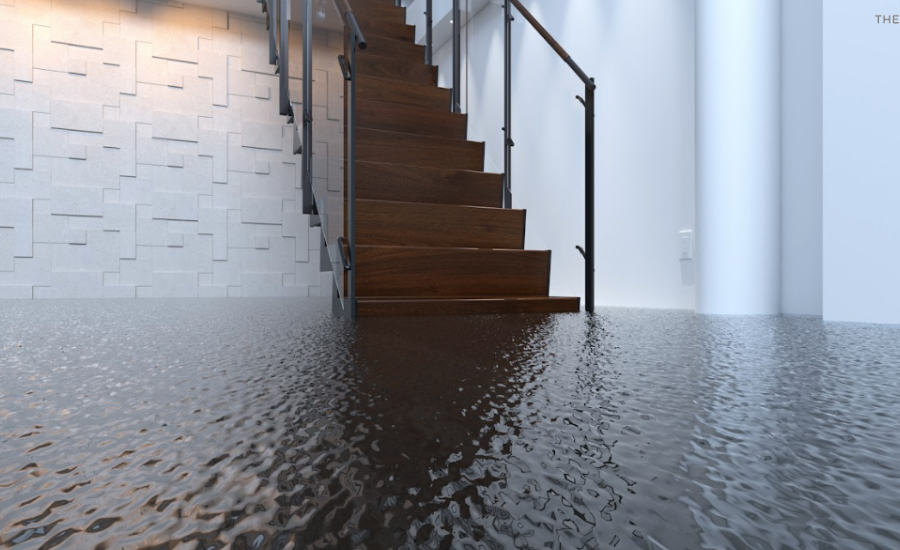When designing steps, ensuring safety and accessibility is paramount. Proper step dimensions, non-slip surfaces, and the inclusion of handrails are critical components that contribute to a safer and more accessible environment. In this blog post, we will delve into these key design principles to help you create steps that are both safe and user-friendly.
Step Dimensions: Getting the Basics Right
The dimensions of your steps play a crucial role in their safety and usability. Here are the recommended dimensions:
Height (Rise): The height of each step, or the rise, should be between 4 inches (10 cm) and 7 inches (18 cm). Steps that are too high can be challenging to navigate, especially for the elderly and those with mobility issues, while steps that are too low may cause tripping.
Depth (Run): The depth of each step, or the run, should be at least 11 inches (28 cm). This provides enough space for the entire foot to land securely, reducing the risk of falls.
Width: The width of steps should be sufficient to accommodate the foot traffic they will receive. For residential properties, a minimum width of 36 inches (91 cm) is standard. In public or commercial spaces, wider steps may be necessary to accommodate more people.
By adhering to these dimensions, you can ensure that your steps are comfortable and safe for all users.
Non-Slip Surfaces: Reducing the Risk of Slips and Falls
Slippery steps are a significant hazard, especially in areas prone to moisture or heavy foot traffic. Non-slip surfaces are essential to prevent accidents. Here are some effective ways to achieve non-slip steps:
Textured Materials: Use materials like textured concrete, stone, or metal that naturally provide better grip.
Non-Slip Coatings: Apply non-slip coatings or paints to existing steps to enhance traction.
Treads and Strips: Install non-slip treads or strips on each step. These are particularly useful in wet areas like pool decks or outdoor stairs.
Regular Maintenance: Ensure that steps are clean and free of debris, as dirt and moisture can reduce the effectiveness of non-slip surfaces.
By incorporating non-slip surfaces, you significantly reduce the risk of slips and falls, making your steps safer for everyone.
Handrails: Providing Essential Support
Handrails are a vital component of safe step design. They provide stability and support, helping users maintain balance and navigate steps more easily. Here’s why handrails are crucial:
Support and Stability: Handrails offer a point of support for individuals with mobility issues, the elderly, and children. They provide stability and confidence, reducing the likelihood of falls.
Guidance: Handrails help guide users, particularly in dimly lit or visually challenging environments.
Code Compliance: Many building codes and regulations require handrails for steps exceeding a certain height. Ensuring compliance not only promotes safety but also avoids legal issues.
When installing handrails, consider the following guidelines:
Height: Handrails should be installed at a height between 34 inches (86 cm) and 38 inches (97 cm) from the step surface.
Continuity: Handrails should be continuous along the entire length of the steps and extend beyond the top and bottom of the stairs for additional support.
Grip Size: Ensure that the handrail is easy to grip, typically with a diameter between 1.25 inches (3.2 cm) and 2 inches (5.1 cm).
By following these guidelines, you can ensure that your handrails provide the necessary support and enhance the overall safety of your steps.
Conclusion
Designing safe steps involves careful consideration of step dimensions, non-slip surfaces, and handrails. By adhering to these principles, you can create steps that are not only safe but also accessible to all users. Prioritizing these elements in your design will lead to a safer and more inclusive environment, ensuring that everyone can navigate steps with confidence and ease.
Keep an eye for more news & updates on EssentialTribune.Com!








